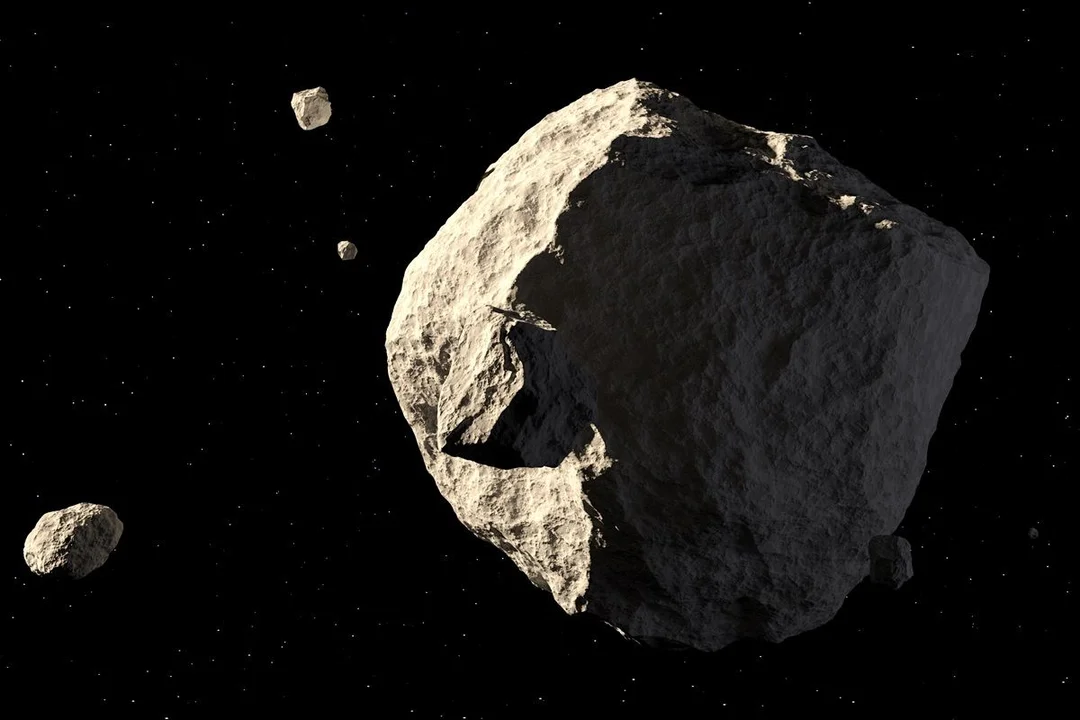
Asteroid Scare: From Earth Impact Threat to Planetary Defense Progress
Earlier this year, the potential impact of asteroid 2024 YR4 briefly captured global attention. Discovered towards the end of last year, initial data suggested a small chance it could collide with Earth in December 2032. While these odds are common for newly discovered near-Earth objects (NEOs), the impact probability for 2024 YR4 unusually rose above 1%, triggering alarm and sparking discussions about potential action.
NASA's acting planetary defense officer, Kelly Fast, noted, “Everything that we’ve been preparing started happening.” This marked the first time NASA's formal notification policy was activated, alerting government agencies and the International Asteroid Warning Network.
Ultimately, further observations revealed that the threat had vanished, with no foreseeable collision risk. However, this event served as a valuable exercise for NASA and other agencies in responding to potential impact threats. NASA's Nicky Fox highlighted that the monitoring of 2024 YR4 allowed the world to witness planetary defense science in action, revealing and addressing some procedural kinks.
This incident brought renewed attention to NASA's planetary defense program, particularly the NEO Surveyor mission. Scheduled to launch as early as the fall of 2027, this infrared space telescope aims to significantly increase the discovery rate of NEOs, helping NASA achieve its goal of identifying 90% of objects at least 140 meters across.

Matthew Payne, director of the Minor Planet Center, emphasized that NEO Surveyor, along with the Vera Rubin Observatory in Chile, will soon flood the center with ten times more NEO data than all current sources combined. Developing artificial intelligence capabilities will be crucial to efficiently identify NEOs within this wealth of new data.
While the immediate threat from 2024 YR4 has passed, discussions are ongoing about whether NASA should allocate more resources to asteroid monitoring and defense, given the potential catastrophic risks. Rep. George Whitesides (D-CA) raised the question of whether NASA should increase spending on planetary defense, considering the catastrophic risk to civilization.
Concerns exist about proposed budget cuts to NASA's science programs, potentially affecting planetary defense efforts, including NEO Surveyor. Amy Mainzer, who leads NEO Surveyor noted, “We have not seen the details of the budget yet… From my perspective, we do not know the impact yet.”
Beyond NEO Surveyor, scientists are exploring missions to study asteroid Apophis, which will make a close flyby of Earth in April 2029. Proposed missions include repurposing the Janus smallsats for an Apophis flyby to characterize any changes caused by tidal forces from the close approach.

While most attention focused on the possibility of YR4 hitting Earth, NASA also briefly announced a 3.8% chance YR4 could collide with the moon. Even should YR4 slam into the moon, the moon’s orbit won’t change – but it will gouge out a significant impact crater and might even cause a visible flash from earth.
Although 2024 YR4 no longer poses an impact threat, its brief period of concern highlights the ongoing need for robust planetary defense strategies and investment. As Nicky Fox aptly questioned, “If we can’t all unite on a large chunk of rock hurtling towards the planet, what are we going to unite on?”
What are your thoughts on prioritizing planetary defense? Share your opinions in the comments below.